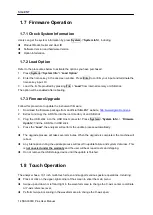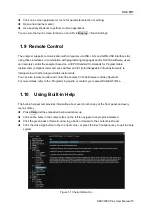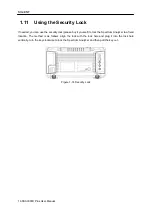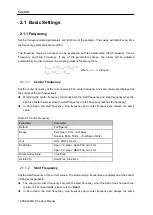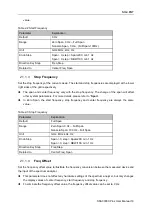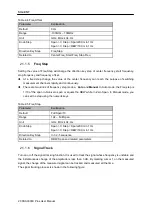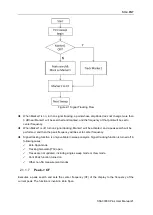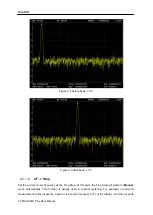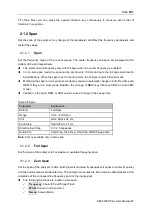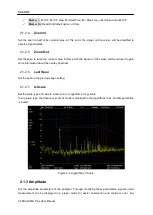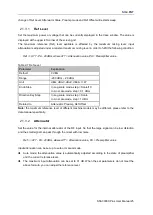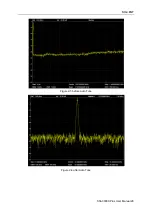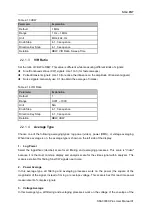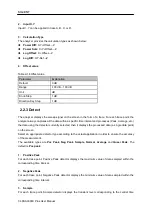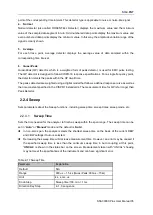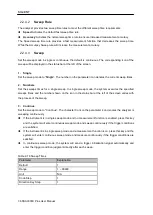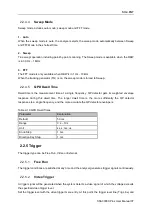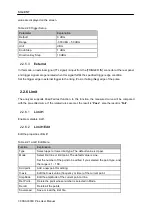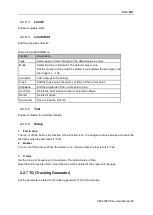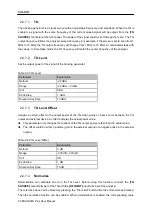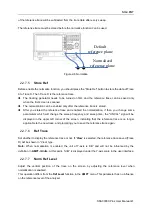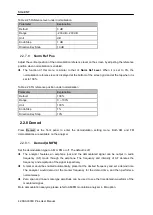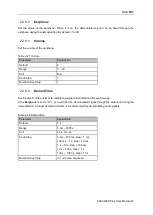
SIG
L
ENT
28 SSA3000X Plus User Manual
2.1.3.8
Correction
Correct the displayed amplitude to compensate for gains or losses from external devices such as
antennas and cables. When using this function, you can view the correction data table and save or load
the current correction data. When amplitude correction is enabled, both the trace and related
measurement results will be mathematically corrected. Positive correction values are added to the
measured values. Negative (-) correction values are subtracted from the measured values.
1.
RF Input
Set the input impedance for numeric voltage-to-power conversions. To measure a 75
Ω device, you
should use a 75
Ω to 50 Ω adapters to connect the analyzer with the system-under-test and then set the
input impedance to 75
Ω.
2.
Apply Correction
Enable or disable amplitude corrections. Default is Off. The analyzer provides four correction factors
that can be created and edited separately, but they can be applied independently in any combination.
3.
Edit Correction factors
Table 2-11 Edit Correction table
Function
Explanation
Correction
Select the correction factor on or off.
Add Point
Add a point into correction table.
Point Num
Select a point to edit by point num.
Frequency
Edit the frequency value for the current selected point.
Amplitude
Edit the amplitude value for the current selected point.
Del Point
Delete the selected correction point.
Del All
Clear all data of the correction table.
Save/Load
Save or load correction data. You can save the current correction data
into or load correction data from a specified file.
2.1.4 Auto Tune
The analyzer will search for signals automatically throughout the full frequency range and adjust the
frequency and amplitude settings for optimum display of the strongest signal.
In the process of auto search, The “
Auto Tune
” is shown in the status bar on the screen until the
search is finished.
Some parameters such as the reference level, scale, input attenuation and maximum mixing level
may be changed during the auto search.

